Luxor is unique among the world's cities, originally built on the site of ancient Thebes over 4,000 years it is home to some of the most spectacular ancient sites in the world. Wherever you go, you can't afford to miss a thing. You will experience the past and the present, with a wealth of history and culture that spans centuries. There is hardly anywhere in the city that does not have a relic, offering you an impressive representation of the splendour of the ancient Egyptians several thousand years ago.
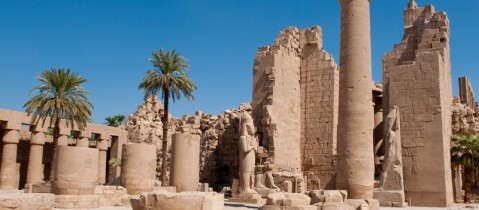
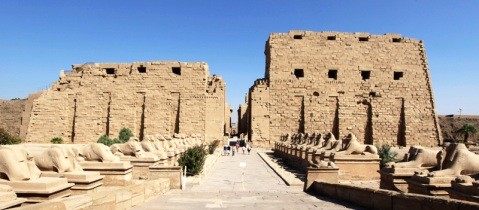
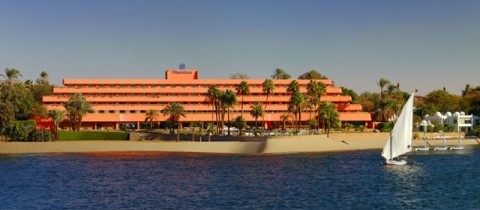
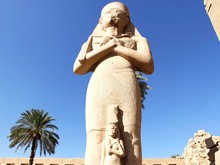 Luxor is unique among the world's cities, originally built on the site of ancient Thebes over 4,000 years it is home to some of the most spectacular ancient sites in the world. Wherever you go, you can't afford to miss a thing. You will experience the past and the present, with a wealth of history and culture that spans centuries. There is hardly anywhere in the city that does not have a relic, offering you an impressive representation of the splendour of the ancient Egyptians several thousand years ago.
Luxor is unique among the world's cities, originally built on the site of ancient Thebes over 4,000 years it is home to some of the most spectacular ancient sites in the world. Wherever you go, you can't afford to miss a thing. You will experience the past and the present, with a wealth of history and culture that spans centuries. There is hardly anywhere in the city that does not have a relic, offering you an impressive representation of the splendour of the ancient Egyptians several thousand years ago.
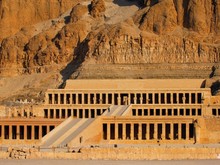 The West Bank is a fascinating one. Here you will discover a variety of tombs starting with The Valley of the Kings which has tombs from the 18th and 19th Dynasties. Outside the Valley of the Kings, the road leads past Antef, named for the 11th Dynasty princes who were buried there. Some tombs can still be seen as one heads towards the Temple of Seti I. Most of what is left of Seti's Temple is the view.
The West Bank is a fascinating one. Here you will discover a variety of tombs starting with The Valley of the Kings which has tombs from the 18th and 19th Dynasties. Outside the Valley of the Kings, the road leads past Antef, named for the 11th Dynasty princes who were buried there. Some tombs can still be seen as one heads towards the Temple of Seti I. Most of what is left of Seti's Temple is the view.
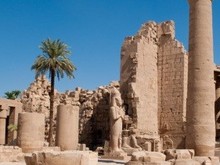 East Bank of Thebes. Once joined together by a three mile avenue of ram headed sphinxes, Karnak and Luxor Temples are two of the most impressive temples in Egypt.
East Bank of Thebes. Once joined together by a three mile avenue of ram headed sphinxes, Karnak and Luxor Temples are two of the most impressive temples in Egypt.